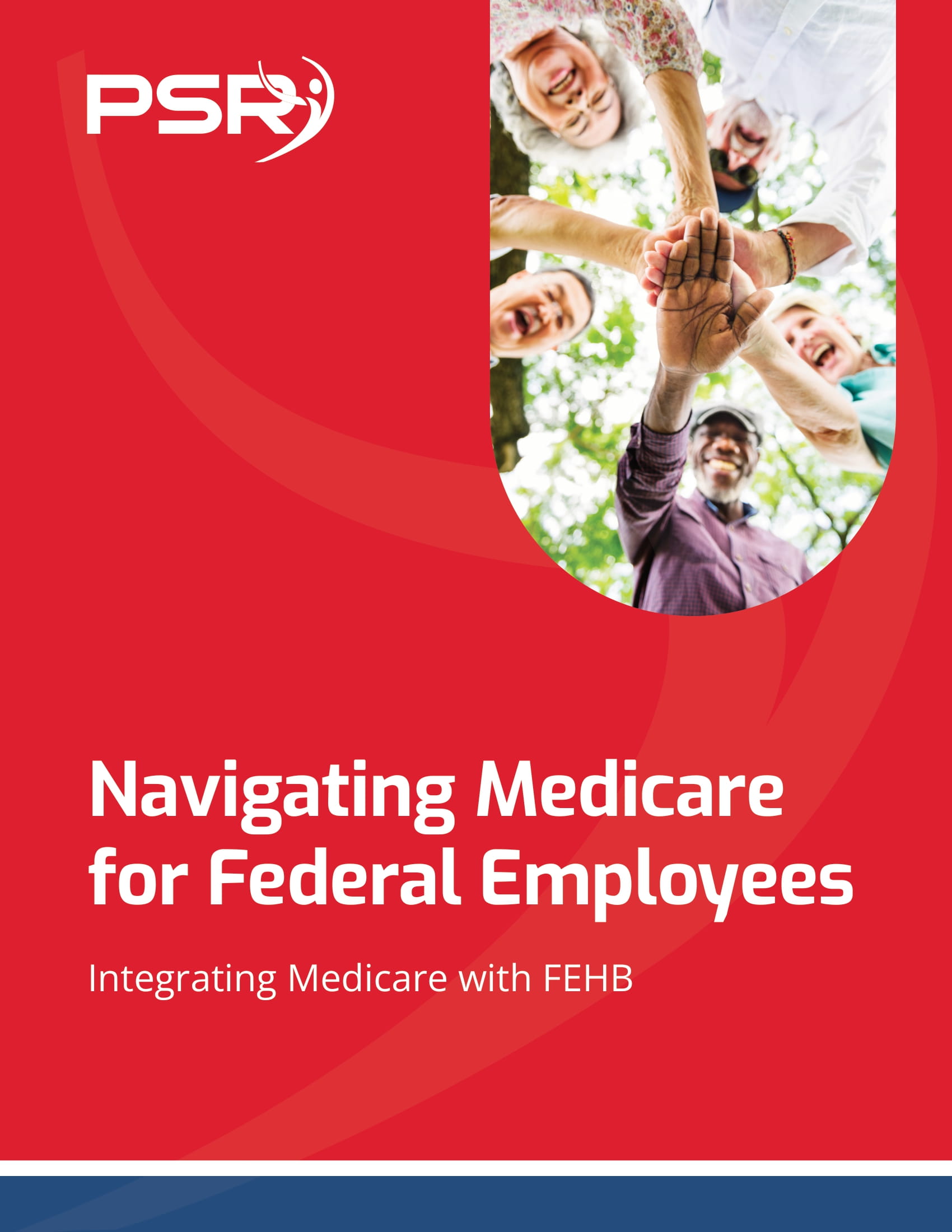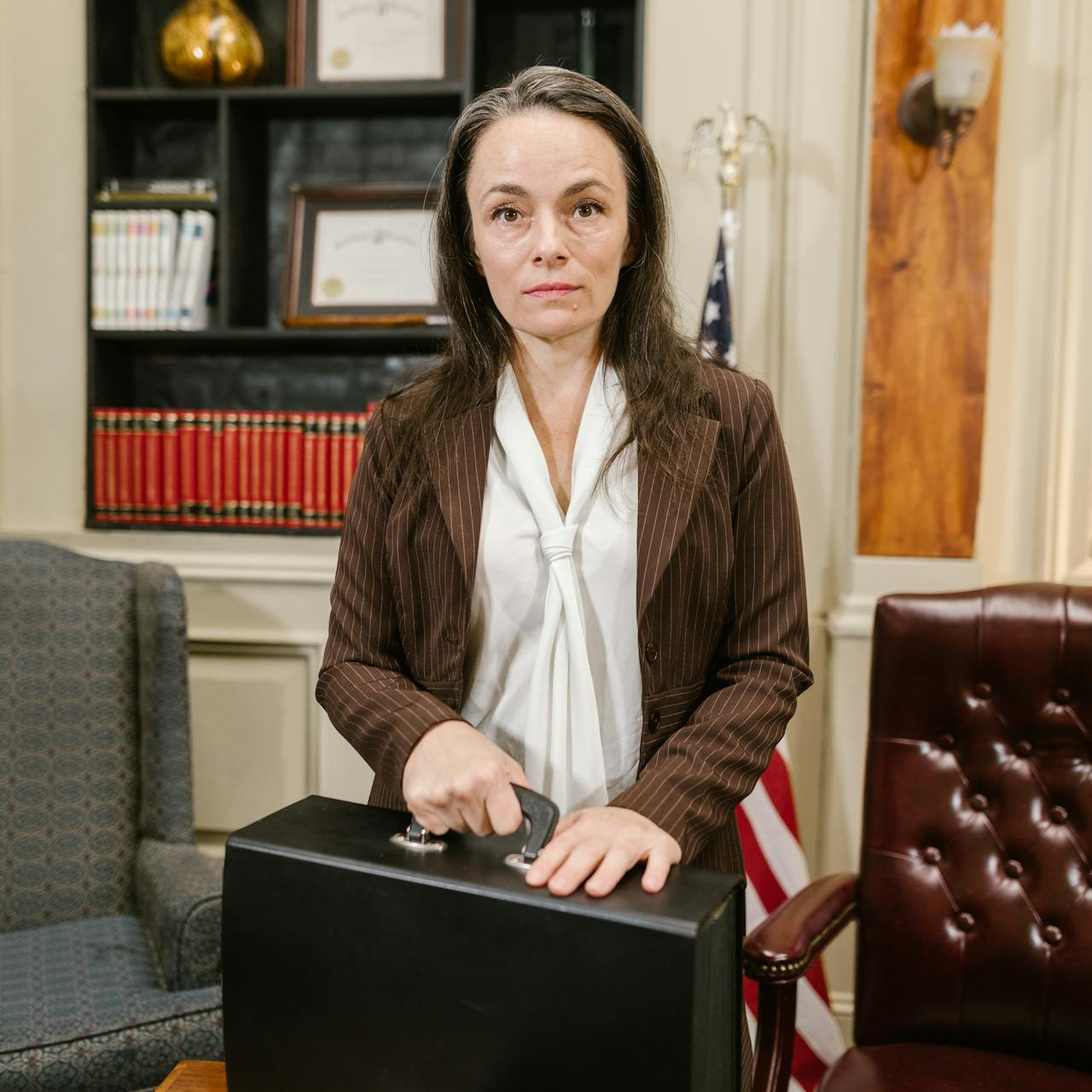Key Takeaways
-
FEDVIP plans in 2025 remain an important but often misunderstood part of a complete public sector retirement strategy.
-
Waiting until Open Enrollment causes unnecessary stress and may lead you to make rushed, costly choices.
Why FEDVIP Deserves More Attention Before Open Enrollment
When you think about retirement planning, dental and vision coverage might not be your first concern. However, overlooking your Federal Employees Dental and Vision Insurance Program (FEDVIP) options can create significant gaps in your future healthcare plan. In 2025, as costs continue to rise and coverage needs evolve, understanding your FEDVIP choices early has never been more critical.
- Also Read: Federal Retirement Advice You Didn’t Know You Needed—Until Now
- Also Read: The Latest Federal Employee News You Need to Know to Protect Your Retirement
- Also Read: Ready for Retirement? Here’s How Law Enforcement Officers Can Leave the Job with Benefits Intact
How FEDVIP Fits Into Your Broader Retirement Planning
FEDVIP isn’t just an add-on; it’s a fundamental piece of your long-term health security. As you transition into retirement, dental and vision issues tend to become more common and more costly. You’ll need more than annual cleanings and a pair of glasses—think crowns, implants, cataract surgery-related care, and specialized vision corrections.
Ignoring this need can:
-
Force you to pay out-of-pocket for expensive procedures.
-
Disrupt your planned retirement budget.
-
Force you to settle for less-than-ideal care.
FEDVIP plans are specifically tailored for government retirees, meaning they provide a range of benefits that aren’t easily matched elsewhere.
What Happens if You Miss the Open Enrollment Window
The Federal Benefits Open Season generally runs from early November through early December each year. In 2025, it is no different. If you don’t enroll or make changes during this time, you generally have to wait until the next Open Season unless you experience a qualifying life event (QLE) like marriage or loss of other coverage.
Missing this window could mean:
-
Being locked into your current plan for another year.
-
Missing out on new benefits or better fitting options.
-
Facing unexpected out-of-pocket expenses that could have been avoided.
FEDVIP choices are year-long commitments. Planning ahead can save you headaches—and significant money.
Common Misunderstandings About FEDVIP
1. “My Health Insurance Will Cover Dental and Vision Needs”
Many retirees mistakenly believe their FEHB plan will cover dental implants, root canals, specialized lenses, or hearing exams. In reality, these are either minimally covered or not covered at all.
FEDVIP plans are built to handle those major gaps. Not recognizing this can be a costly assumption.
2. “Dental and Vision Costs Will Stay Manageable”
The reality of aging healthcare is that costs rise. In 2025, routine cleanings and basic exams might still be affordable, but restorative work like bridges, dentures, and periodontal surgeries can run into the thousands without insurance.
Vision issues also evolve: presbyopia, cataracts, glaucoma, and macular degeneration mean a need for specialized and costly interventions.
3. “I’ll Just Enroll Later When I Need It”
FEDVIP enrollment isn’t open year-round. Outside of Open Season, changes typically require a QLE. Once the window closes in December, you’re locked into your current choices.
Waiting until you “need” coverage means you might pay out-of-pocket for an entire year before you can adjust your plan.
Why Last-Minute Decisions Backfire
Every Open Season, thousands of public sector retirees scramble to choose a dental and vision plan. Decisions made under pressure often result in:
-
Choosing the wrong coverage level.
-
Overpaying for unnecessary coverage.
-
Missing out on plans better aligned with new health developments.
The 2025 Open Season period is no exception. Starting your research now ensures you’ll approach your choices with clarity and confidence.
Key Factors to Evaluate Before Open Enrollment
Before Open Season starts, you should review:
-
Current dental and vision needs: Are there upcoming procedures or surgeries you anticipate?
-
Projected healthcare changes: Has your doctor mentioned new diagnoses that may require expensive treatments?
-
Budget priorities: How much do you reasonably want to pay out-of-pocket if an emergency arises?
-
Provider networks: Are your preferred dentists, periodontists, optometrists, or ophthalmologists covered?
Evaluating these ahead of November can help you spot potential problems that might otherwise blindside you during enrollment.
How FEDVIP Stands Apart in 2025
Several factors make FEDVIP particularly attractive for government retirees in 2025:
-
Portability: You keep your FEDVIP plan into retirement without changes.
-
No Medicare Requirement: You do not need to enroll in Medicare to retain FEDVIP coverage.
-
Separate from FEHB: Changes to your FEHB enrollment or Medicare decisions do not affect your FEDVIP eligibility.
-
Competitive Options: Multiple plans with varied levels of coverage, copayments, and premiums.
This flexibility is rare compared to private sector retiree benefits, where dental and vision insurance often becomes unaffordable or unavailable.
Timing Matters More Than You Think
Being proactive is your strongest ally. Ideally, you should start evaluating FEDVIP options by September each year. This gives you:
-
October for deeper research into available plans.
-
November for actual enrollment without feeling rushed.
The earlier you act, the easier it is to:
-
Compare different plan features calmly.
-
Get clarification on confusing terms.
-
Understand how upcoming dental or vision needs align with specific plans.
Practical Steps to Get Ready for Open Season
-
Mark your calendar now for early November 2025.
-
Review your current FEDVIP plan documents or login online to see your benefits.
-
List your recent and expected dental/vision procedures and estimate out-of-pocket costs.
-
Check plan provider networks to ensure your current providers are covered.
-
Estimate total yearly costs not just monthly premiums, but deductibles, copayments, and out-of-network charges.
-
Contact a licensed professional listed on this website to review your personal situation.
What Retirees Should Watch for This Year
Every Open Season brings some changes. In 2025, retirees should be especially watchful for:
-
Updates in plan benefits: Some plans are adding enhanced implant or specialty lens coverage.
-
Network expansions or contractions: Make sure your providers are still in-network.
-
Premium adjustments: Although you won’t see individual plan prices here, know that general premium trends are rising.
-
New plan entrants or exits: A few FEDVIP carriers may consolidate or exit the market, creating new dynamics.
Being aware of these shifts can give you a strategic edge.
Silent Costs of Poor FEDVIP Planning
Failing to properly plan FEDVIP elections can create hidden retirement costs, such as:
-
Thousands spent unexpectedly on dental implants or vision surgeries.
-
Loss of access to trusted providers.
-
Higher premiums down the line if you have to switch during a QLE situation.
-
Poorer overall health outcomes due to deferred or skipped treatment.
Remember: the less you worry about dental and vision bills, the more freedom you have to enjoy your retirement.
Securing Your Retirement Health in 2025
Dental and vision health isn’t a luxury; it’s a necessity. Ignoring FEDVIP now can cause massive headaches later—financially, physically, and emotionally.
Start preparing before the official Open Season dates. Small steps today can spare you from expensive mistakes tomorrow.
If you have any doubts about which FEDVIP plan might suit your 2025 retirement needs best, get in touch with a licensed professional listed on this website for personalized advice.












